Upon entering through the doors at Pier 36 it was refreshing to see row after row of identical booths, neat as a spreadsheet, designed to let the product speak for itself. Buyers drifted through the aisles with line sheets instead of selfie sticks, the volume dialed way down compared to last month's Revelry event at the same location. And, maybe that was the point. Hall of Flowers’ first New York edition was designed for commerce, not commotion: a buyers-only opening day, tight credentialing, a controlled environment and pace that favored real conversations over spectacle.
The uniformity of Hall of Flowers' format erased the booth-flex arms race; most of the brands stood shoulder-to-shoulder on product, pricing, and execution. “Much easier to have conversations here than at Revelry,” several attendees told us. Others called it “weak” or “quiet” by comparison. One marketing exec involved in the event went all in saying, “Revelry is a flea market compared to Hall of Flowers.” What he meant by that is: Hall of Flowers is a curated, high-end trade event, whereas Revelry functions more as a community marketplace. I could see his point.
Multi-state polish, East Coast reality
By mid-day, you could feel the gravitational pull of the many out-of-state companies, brands and people. California heavyweights showed up to stake a claim: Alien Labs/Connected teased their New York play via Fluent; Jetty lined up buyers with a tidy, retail-ready menu. For extract lovers, a Royal Leaf (NY) × Kalya (CA) rosin tease felt like the kind of cross-coastal uplift New York’s concentrate set has been waiting for.
Not to be outdone, Massachusetts cannabis also showed up in force. Curaleaf which has several (formerly-medical) retail locations in NY already, showcased some of it's latest and greatest. Northampton's Melt-to-Make was looking to expand the reach for its gummy bases that simplify the process of manufacturing all-natural gummies. Jason Reposa from Good Feels was making the rounds, as were Nova Farms and Nimbus Cannabis Co., among others.
What New York had to show for itself
Even with the Multi-state attention, several New York outfits cut through precisely because the floor was calm:
- CannaPrints was an interesting innovation turning cannabinoids into dissolvable (edible) tabs and infused rolling papers. A small sublingual reminiscent of sacremental bread/eucharist, just infused. Which begs the question: What would Jesus Do?
- Electraleaf continued to showcase its music-meets-street aesthetic with a menu that’s actually ready for shelves—vapes, five-packs, classic eighths—the sort of line a retail buyer can slot tomorrow.
- Boukét played the brand story game flawlessly, modernizing a slice of New York history (“bouquet” as a Harlem code word) into giftable, premium-leaning products and packaging that moves on sight as much as on spec.
- Canna Cure Farms brought the sun-grown sermon without the sermon, slow-dried, carefully cured flower that lets terps do the talking. In a potency-obsessed market, that education arc matters.
- Jenny’s (Jenny Loves Me) covered the wellness flank, sugar-free, kosher, vegan edibles built for dietary constraints, plus hash-resin vapes and petite pre-rolls for the “real weed, cleaner inputs” crowd.
- Nanticoke offered something buyers always ask for and rarely get: a scalable, greenhouse-grown, in-state supply that can carry everyday price tiers without feeling like compromise.
None of these plays needed a 20-foot truss to make the case. On a level floor, they stood out on their own merits.
Two events, one thriving ecosystem
Comparisons to Revelry were inevitable. Revelry’s Buyers’ Club has become the heartbeat of New York’s legal market with 300+ licensed retailers and 200+ brands under one roof, the culture loud and the pace relentless - just like the city that never sleeps. Hall of Flowers is more "craft fair": quieter, credentialed, built for deliberate and intentional marketing and sales that go from “nice to meet you” to “send the follow-up” in real time. The market is clearly healthy enough for both events, however it's this writers personal opinion that each should consider 'collaboration over competition', where these two competing events can shine as one, at least here in NY.
It's also worth noting that on the eve of the event, the Office of Cannabis Management emailed licensees warning that Hall of Flowers might involve on-site consumption and indirect retail sales, and that participating in an “unpermitted cannabis event” could trigger penalties under 9 NYCRR Parts 120 and 133. The notice spooked the ecosystem: several NY licensees told us they skipped the show entirely, and others pared back staff rather than risk a paperwork misread or risking their license. On the floor, though, HOF ran a tight, trade-only program, buyers-first scheduling, credential checks, and sampling confined to appropriate licensees. Organizers and attendees described operations as above board; the notice read more like a blanket, cover-your-asses advisory than an actionable violation. The effect was real - the room was quieter than it might have been, but the sky did not fall for those exhibiting and in attendance.
- YouTube www.youtube.com
What remains after the badges come off
- Designing for decisions works. A buyers-first schedule and uniform builds kept attention on product, price, and plans—not flash.
- Cross-state collabs are the fastest upgrade path. If Royal Leaf × Kalya is a preview, rosin buyers finally have something premium to point at—made here, influenced there.
- New York still rewards authenticity. Out-of-state polish draws the crowd; New York provenance sets the tone and pace.
Bottom line: If Revelry captures the soul of New York cannabis community + culture, Hall of Flowers arrived as its sober counterpart, Cali vibes, yes, but disciplined, transactional, and oddly sufficient.


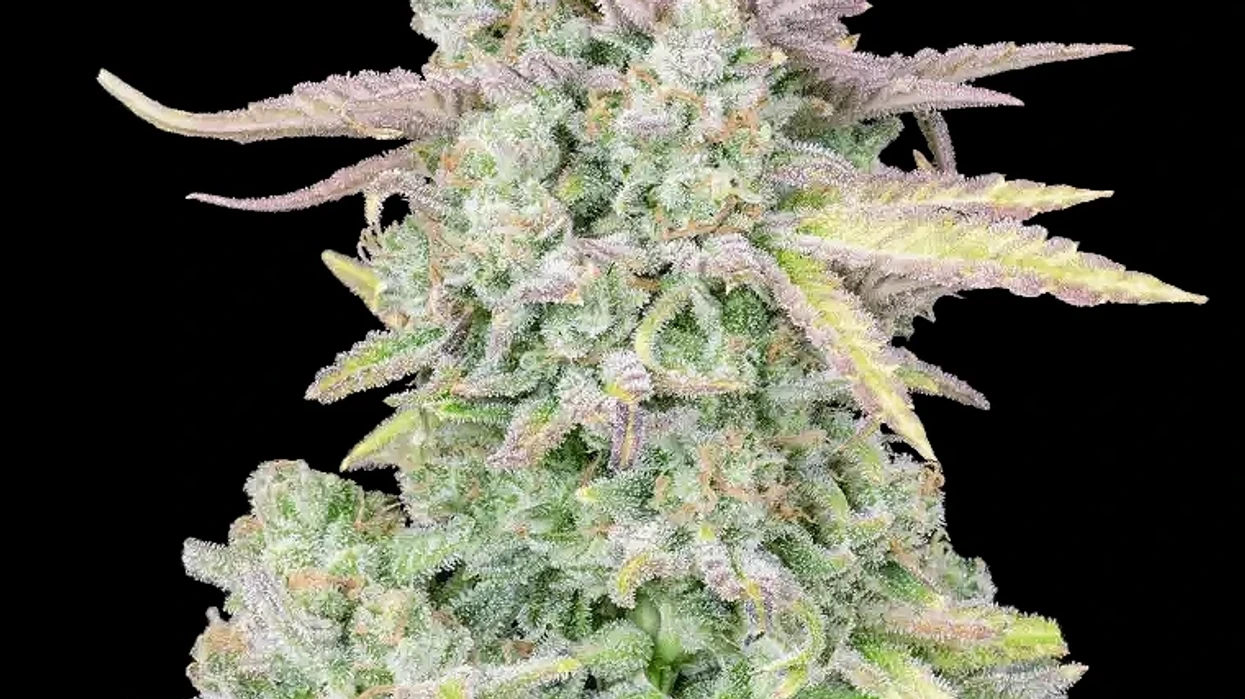
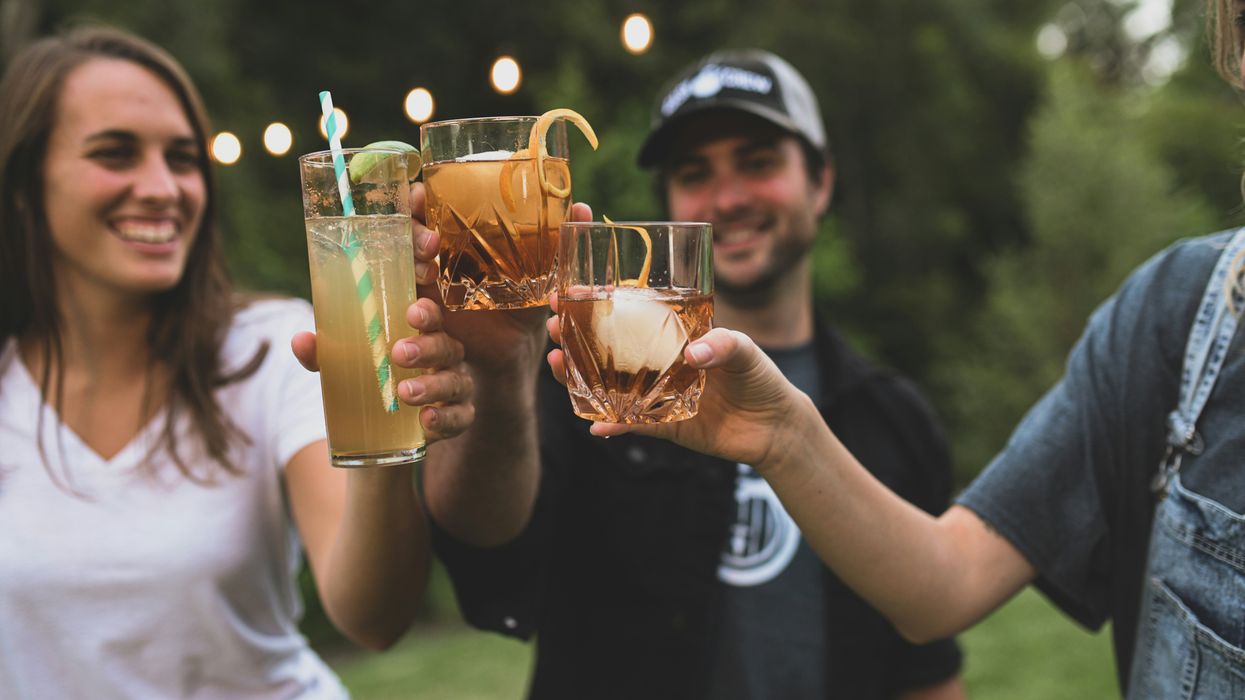
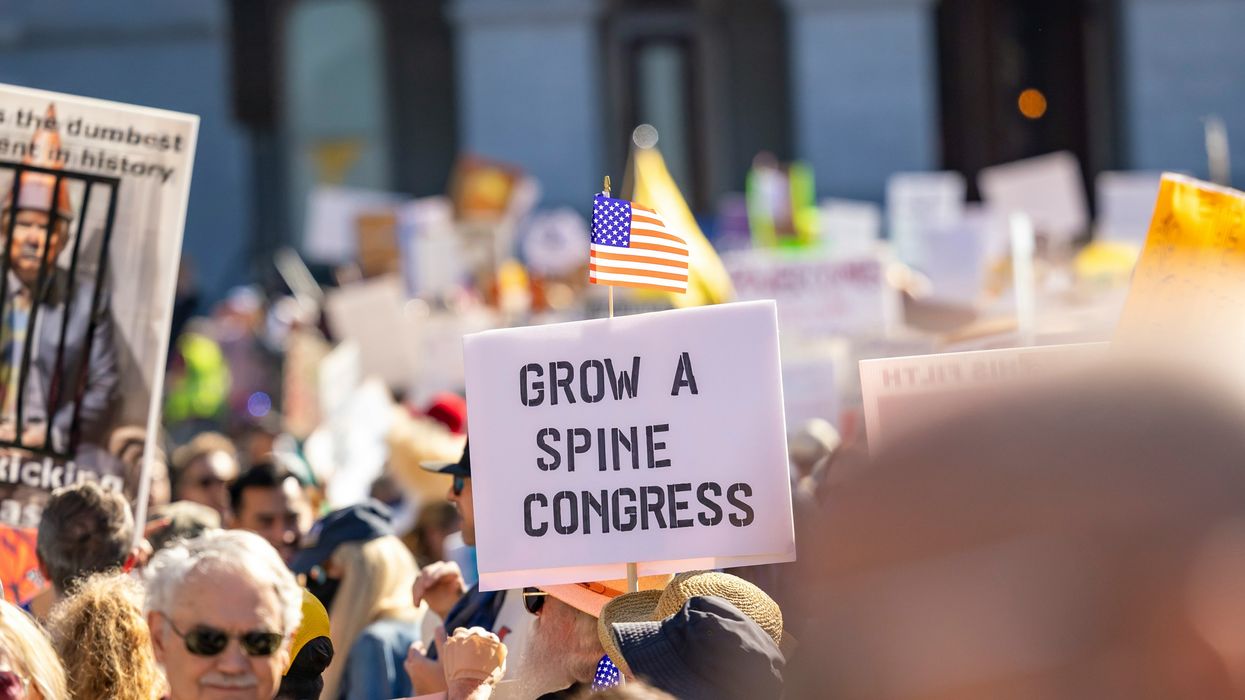
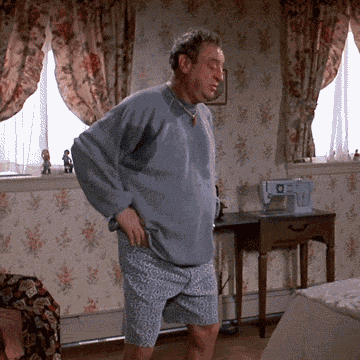
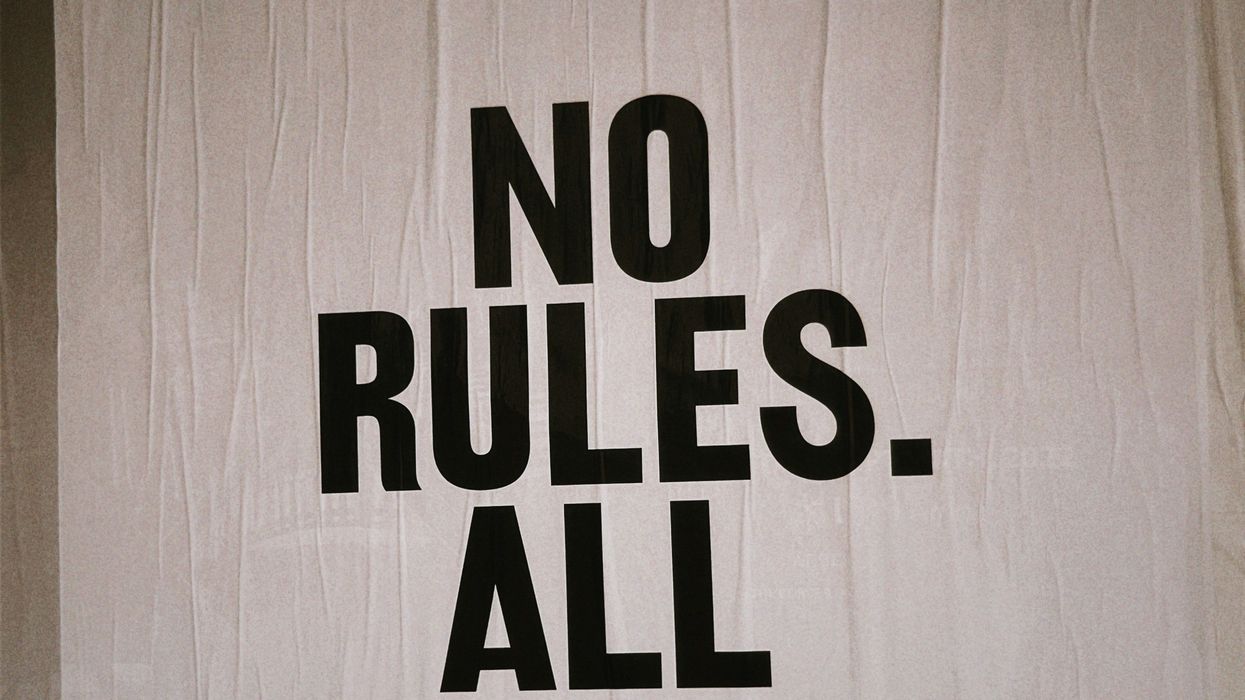
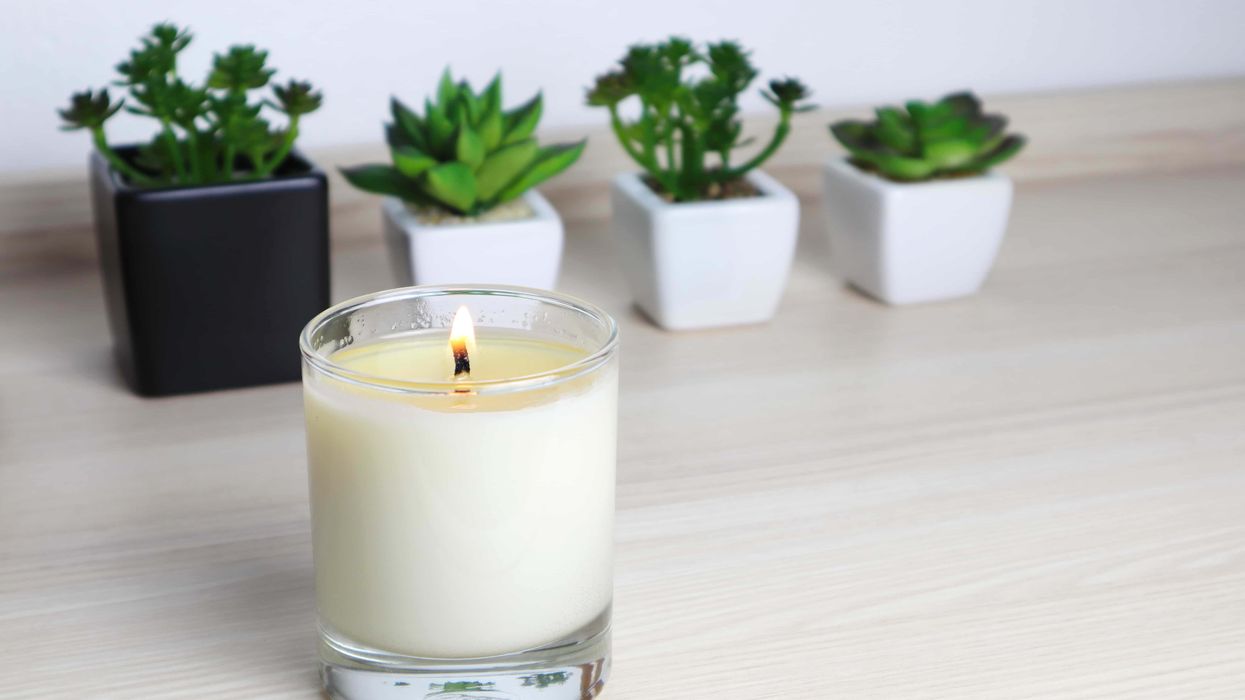
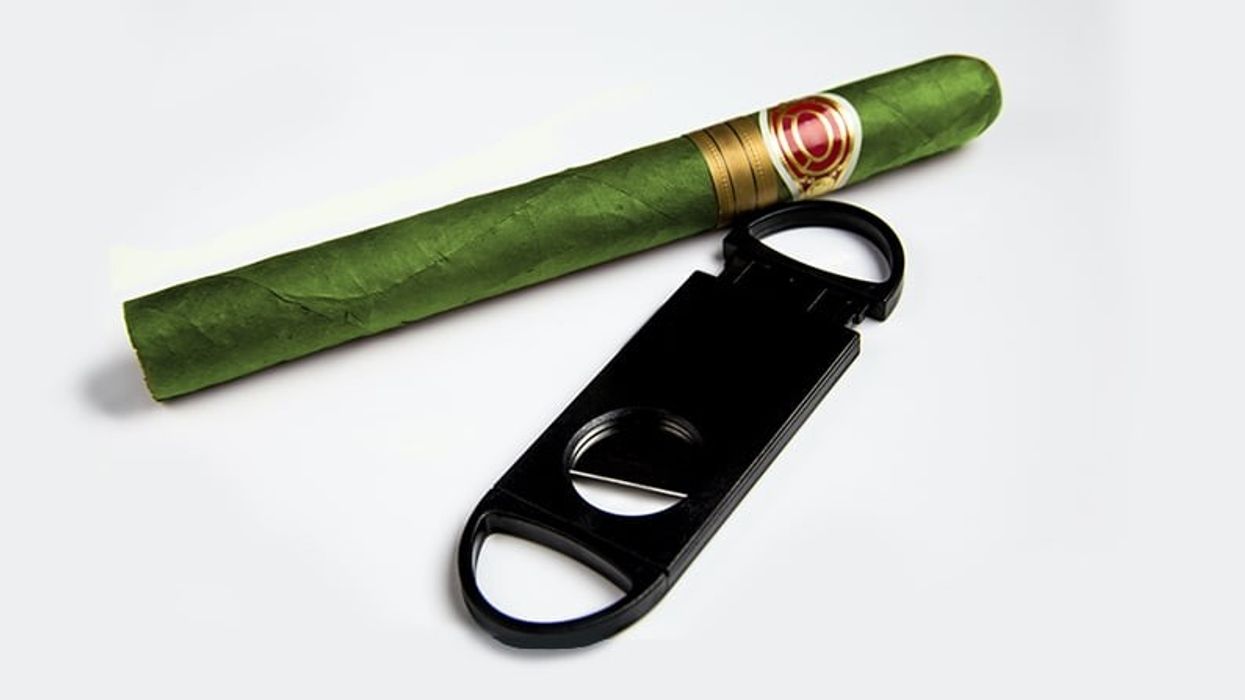
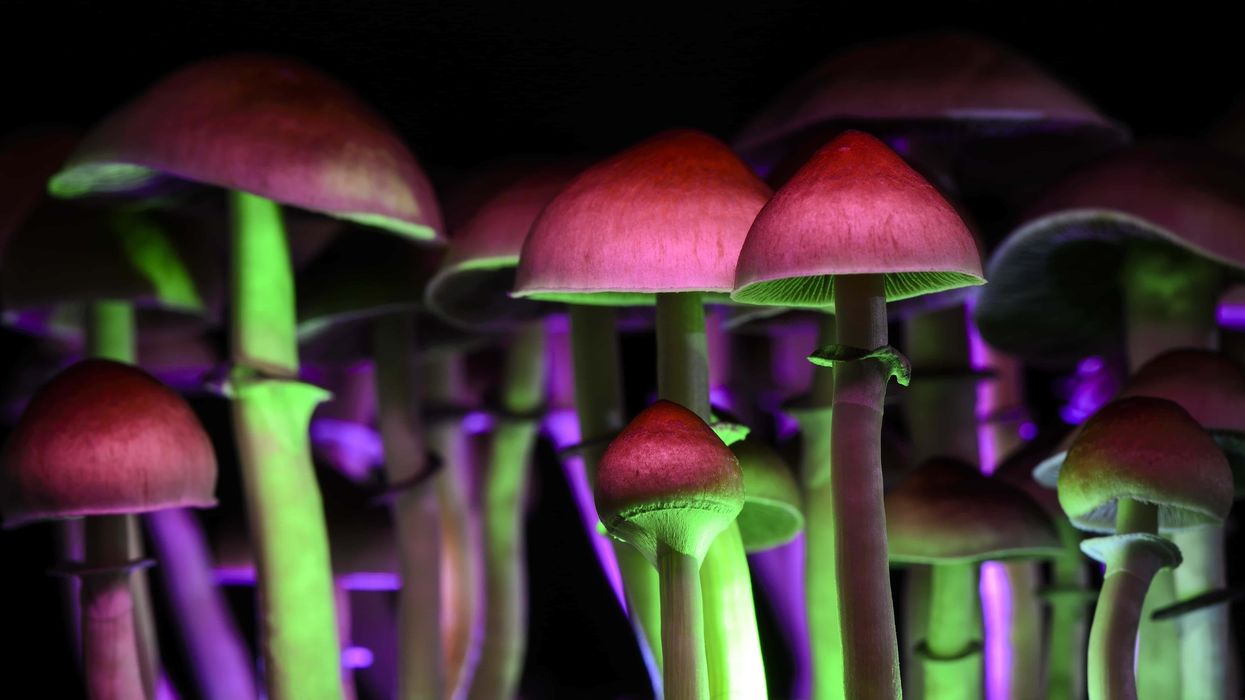
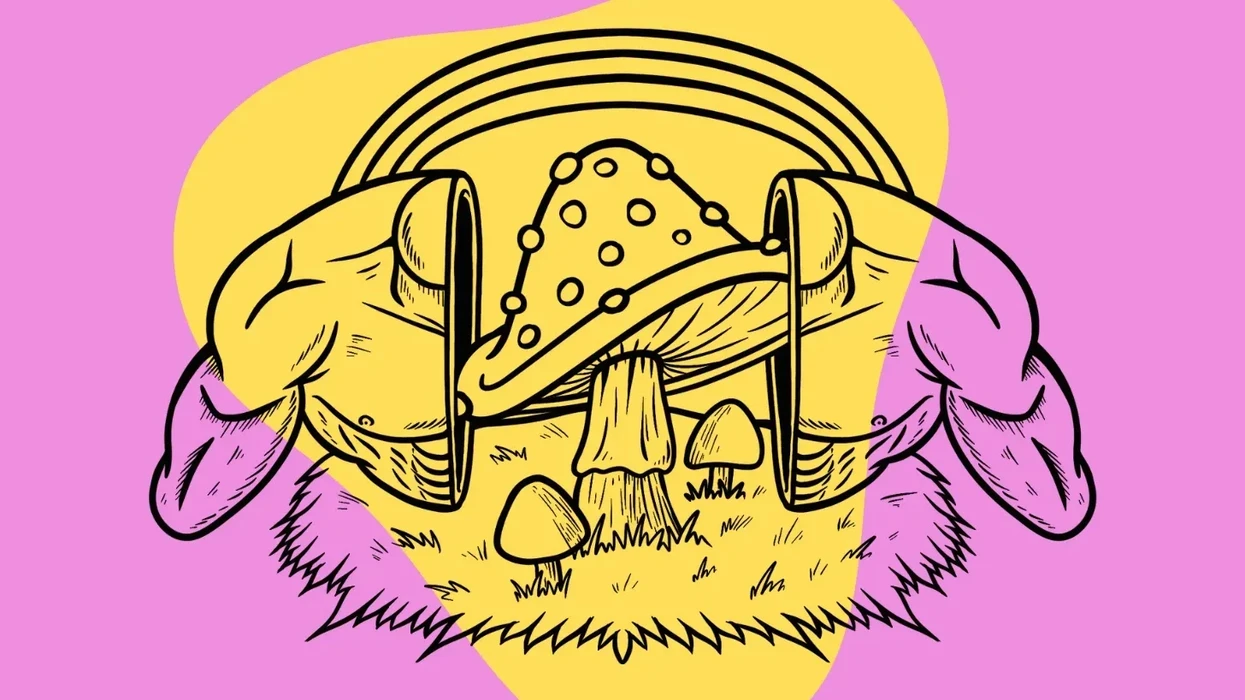
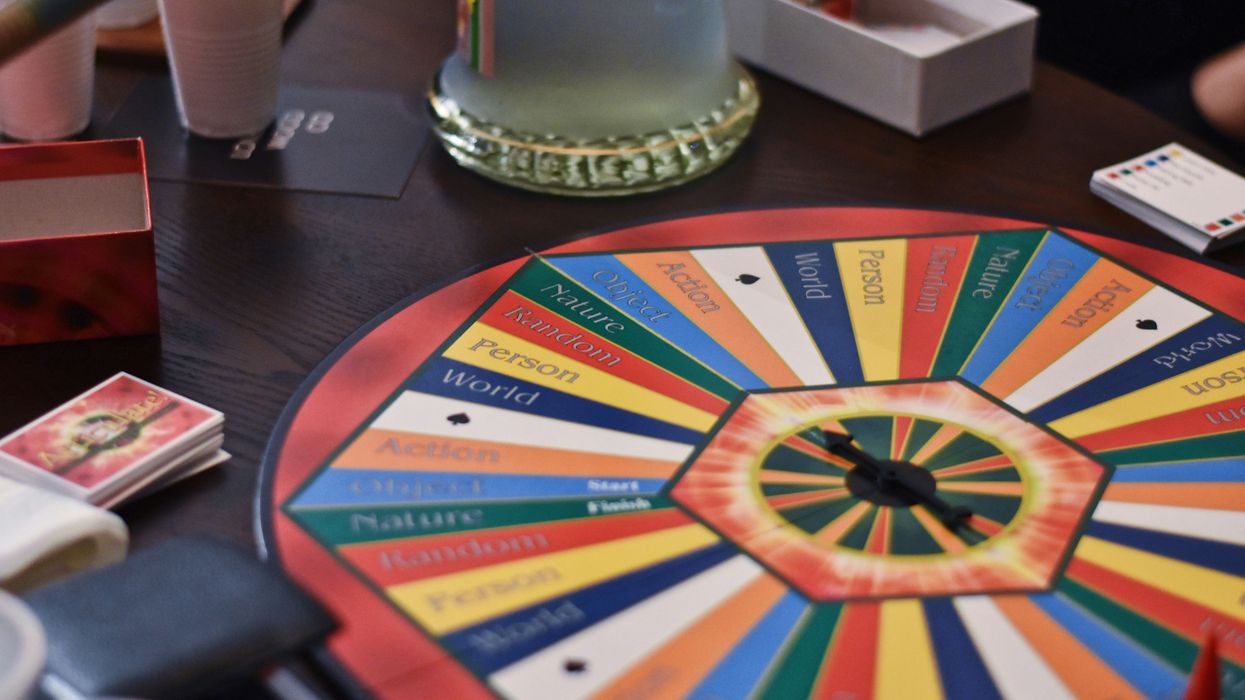
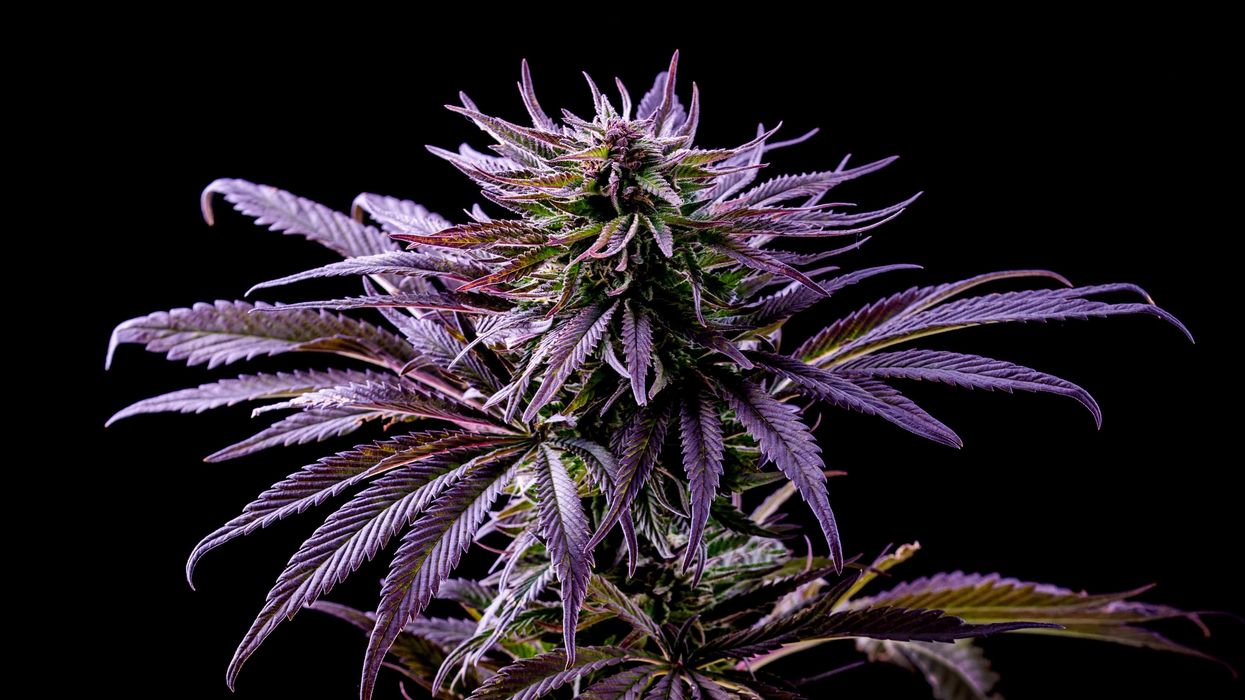

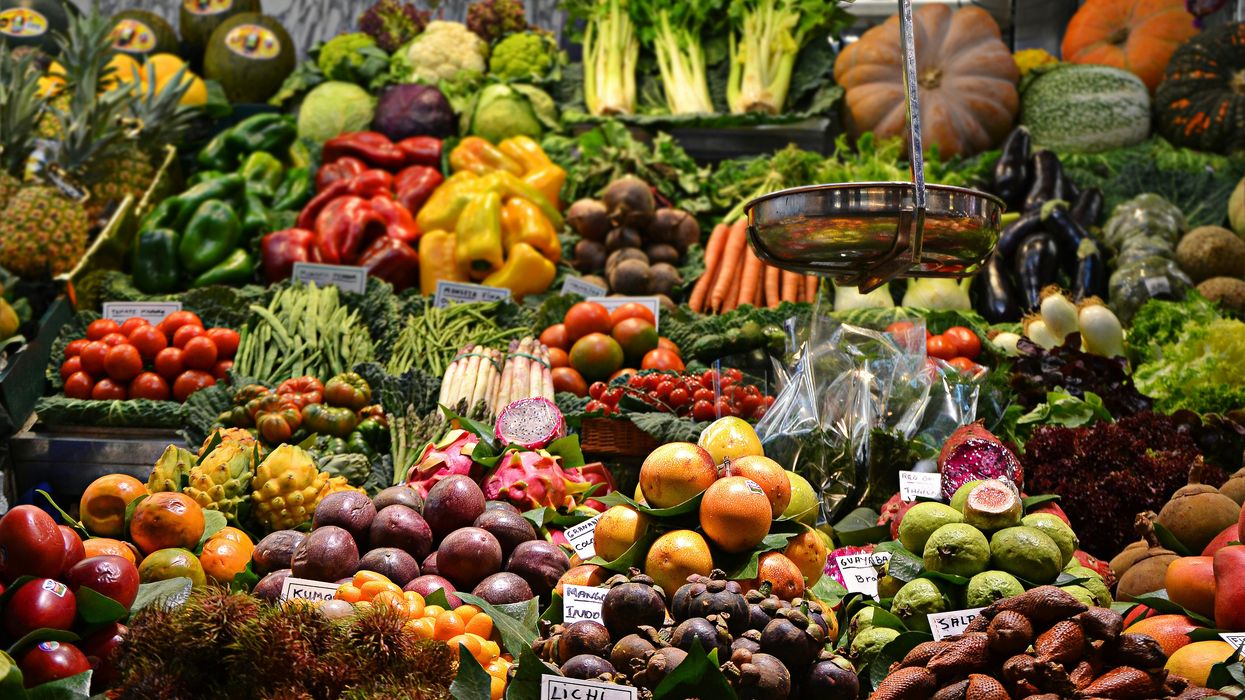

 Cigar smoking in a bar....
Cigar smoking in a bar....  Movie theater as consumption space? Not a bad idea.....
Movie theater as consumption space? Not a bad idea..... 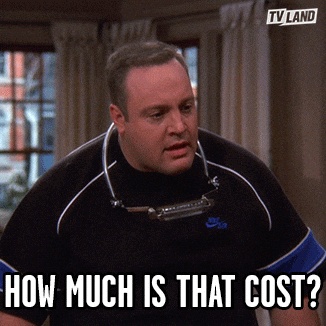
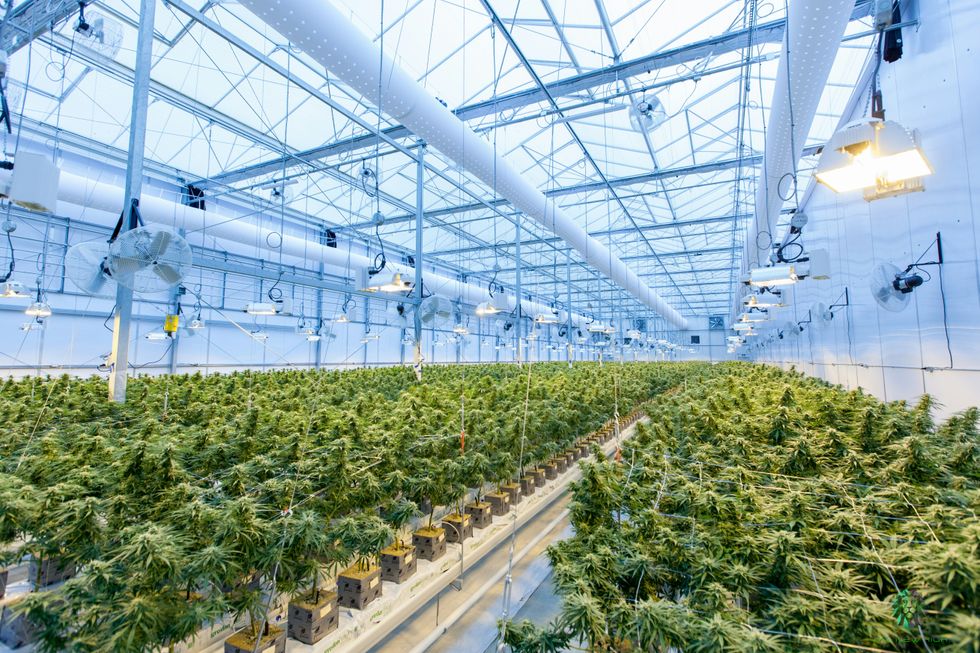 When it comes to pricing, cultivation methods matter - The Bluntness
Photo by
When it comes to pricing, cultivation methods matter - The Bluntness
Photo by